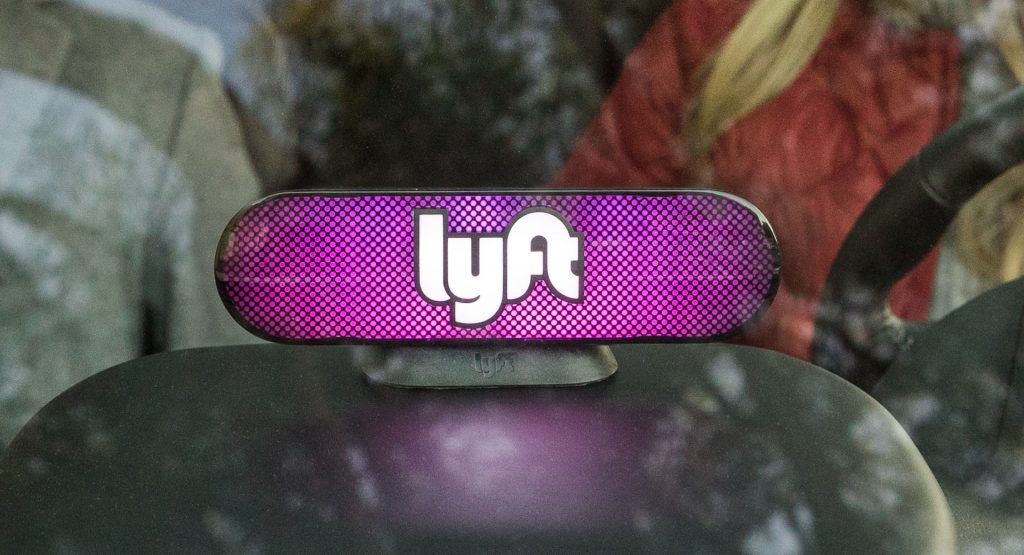
- Baidu’s Apollo RT6 minivan has completed more than 11 million rides in China.
- Lyft and Baidu will initially launch their European service in Germany and the UK.
- The Apollo RT6 includes 8 LiDAR sensors and 12 cameras alongside trick software.
The world of transportation is evolving fast, and robotaxis are helping drive that change. Not content to let Uber, Waymo, and Tesla dominate the space, ride-hailing giant Lyft is stepping in as well. In addition to its efforts to build a robotaxi fleet in the US, Lyft has announced a partnership with Chinese tech company Baidu to launch self-driving taxis across Europe next year.
var adpushup = window.adpushup = window.adpushup || {que:[]};
adpushup.que.push(function() {
if (adpushup.config.platform !== “DESKTOP”){
adpushup.triggerAd(“0f7e3106-c4d6-4db4-8135-c508879a76f8”);
} else {
adpushup.triggerAd(“82503191-e1d1-435a-874f-9c78a2a54a2f”);
}
});
Read: Baidu Claims Its Autonomous Tech Is Ahead Of Tesla
Much like Waymo, which uses specially-equipped Jaguar I-Paces for its robotaxi fleet, Lyft isn’t building its own dedicated autonomous taxi. Instead, its European fleet will use the Apollo RT6 from Baidu, which has been in service in China since 2022.
The minivan was developed from the outset to be completely self-driving, and Baidu has already completed more than 11 million rides across 15 cities through its robotaxi service.
Initial Launch in Germany and the UK
According to Lyft, its robotaxi fleet in Europe will first be launched in Germany and the United Kingdom next year, but notes this is “pending regulatory approval.” If all goes to plan, the company expects to scale up its fleet significantly in the years that follow, eventually deploying thousands of vehicles across the continent.
All Apollo RT6 vehicles to be used across the continent will come equipped with Baidu’s complete sensor suite, including 8 LiDAR sensors and 12 cameras. Lyft also says it will “work closely with European regulators and stakeholders to ensure vehicles meet all necessary safety standards and regulatory requirements”.

The Age Of The Robotaxi
“Our partnership with Baidu is all about creating a great customer experience,” said Lyft CEO David Risher. “Their extensive track record operating the world’s largest autonomous ride-hailing service means we can bring all the benefits of AVs—safety, reliability, and privacy—to millions of Europeans.”
var adpushup = window.adpushup = window.adpushup || {que:[]};
adpushup.que.push(function() {
if (adpushup.config.platform !== “DESKTOP”){
adpushup.triggerAd(“bb7964e9-07de-4b06-a83e-ead35079d53c”);
} else {
adpushup.triggerAd(“9b1169d9-7a89-4971-a77f-1397f7588751”);
}
});
He also noted that robotaxis won’t replace human drivers entirely. “It’s part of our hybrid network approach, where AVs and human drivers work together to provide customer-obsessed options for riders,” Risher added. “And importantly, we’re committed to working hand-in-hand with local regulators to ensure we deploy these vehicles in their communities in a smart, thoughtful way that benefits everyone.”
var adpushup = window.adpushup = window.adpushup || {que:[]};
adpushup.que.push(function() {
if (adpushup.config.platform !== “DESKTOP”){
adpushup.triggerAd(“bb7964e9-07de-4b06-a83e-ead35079d53c”);
} else {
adpushup.triggerAd(“9b1169d9-7a89-4971-a77f-1397f7588751”);
}
});


